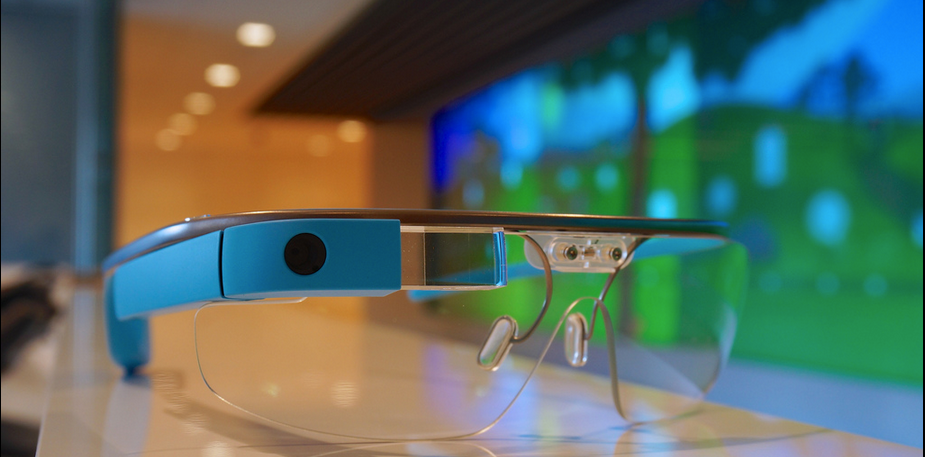Guest post by: Gini Dietrich, CEO of Arment Dietrich and lead blogger at Spin Sucks.
In late 2011 and early 2012, the Public Relations Society of America undertook the big task of redefining public relations.
Before this happened, the industry was working with a definition that was 40 years old. It hadn’t been reviewed since 1982.
In 1982, E.T. came out. John Belushi died. Knight Rider was a popular television show. Prince William was born. Seven people died from taking cyanide-laced Tylenol. The first issue of USA Today was published. And the Times “man of the year” was the computer.
A lot has changed since 1982. Not only have TV shows and movies grown up, so has Prince William and an entire industry. Social media has completely turned the PR industry on its head and technology is changing more quickly than ever before.
The evolution of technology is so fast, it’s reaching millions -and even billions-of users in no time at all.
Consider this: It took older technologies years to reach 50 million users…and then just a few months as it evolved.
- Radio: 38 years.
- TV: 13 years.
- The Internet: Four years.
- IPod: Three years.
- Facebook added 100 million users in just nine months.
- iPod app downloads hit one billion in nine months.
Nearly every year we have a new social network introduced. Google+, Pinterest, Instagram, Vine, SnapChat. The list continues to grow and it’s not only the job of communicators to keep up, it’s your job as business leaders to stay abreast of the changes so you can lead your team during the digital age.
Websites are about the Customer
Technology is creating some amazing opportunities for all of us, but also causing some distress. You used to have a PR team (internal or external) that focused on employee communications, media relations, reputation management, financial reporting, the annual report, public affairs, and maybe some events.
Today PR professionals also have to be knowledgeable about web development, mobile marketing, search engine optimization, content marketing, and more.
The web, it turns out, is extremely important in the job of a PR professional. Much more important today than it was in the previous decade, as new technologies are introduced and companies are struggling to figure out how to add the latest and greatest tool to its overall marketing strategy.
It used to be your website was an online version of your corporate brochure. But times, they are a changin’. Your website now needs to be a living and breathing document that changes consistently (at least once a week, according to a Hubspot study) and becomes less about you and more about your customer.
Refresh Existing Content
The first place you want to start is your website by taking out the French – the we, we, we (oui, oui, oui – get it?!?).
- Find the French. Depending on how you like to work, you can either print out every page of your website (not very green, but it works) or you can go into your content management system and do a search. Look for every word that is about you. Look for “we,” “our,” “us,” and similar words. This is the copy you’ll have to rewrite.
- WIIFM. What’s in it for me means the copy you rewrite becomes about the customer, instead of about you. You tell them what your organization does for them. You use words such as “you” and “your.”
- Testimonials. Update your testimonials. Some of you will have them in text as a quote. Get these on video. We have a client who held a user’s event a couple of weeks ago. They hired a videographer to spend two hours at the conference and the marketing director got users on video talking about who they were, what they do, and how they use the client’s product. The stories ended up being really compelling. One user rescues dogs and finds them permanent homes. He talked about that and then spent 30 seconds talking about the client’s product. Mailchimp also does this really well. Rather than have the customers talk about how much they love the email software, they talk about their own businesses or interests or hobbies and how the product fits into their lives. Very compelling stuff.
- Case studies. This is what we’ll call social proof – the reason another person should buy from you. Most case studies are boring text with nothing interesting in them. Make them multimedia. Add images. Add charts. Add infographics. Even think about whiteboard automation. Make them so interesting, prospects can’t wait to buy.
Once this project is complete – and it will take some time – you can focus your energies on other owned media, such as white papers, webinars, blog posts, and videos.
To learn more, check out Gini’s latest book – Spin Sucks – on sale this week!
————————————————————————————————-
Gini Dietrich is the founder and CEO of Arment Dietrich, a Chicago-based integrated marketing communications firm. She is the lead blogger here at Spin Sucks and is the founder of Spin Sucks Pro. She is the co-author of Marketing in the Round and co-host of Inside PR. Her second book, Spin Sucks, is officially here!


